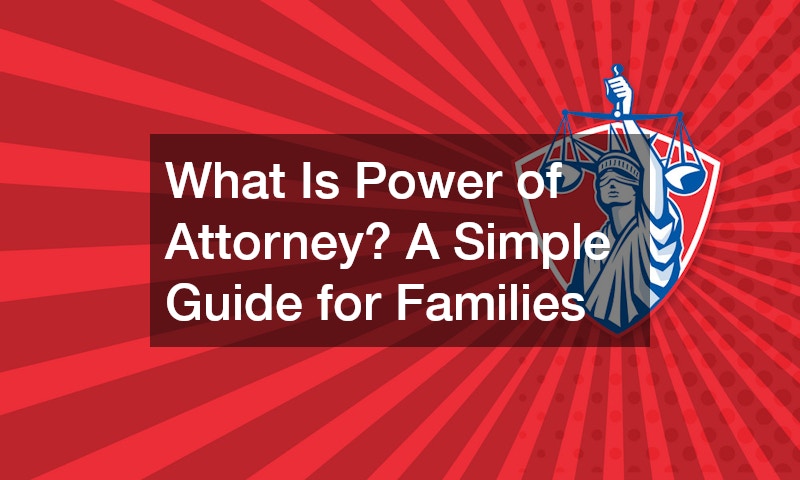On average, there are about 50 to 60 volcanoes that erupt annually. That’s roughly at least one volcano a week. Some may even erupt within days of each other.
A volcanic eruption should never be underestimated. Volcanoes spew hot solid molten rocks, sulfur, and gases in the air. The threat of ash fall can go on from miles from the volcano’s location, depending on how strong the winds are. Mudflow and floods also pose a serious danger on all sides of the volcano.
If you live in an area near an active or a dormant volcano, how prepared are you for the imminent threat it brings?
What to Do Before an Eruption
- Assemble an emergency preparedness kit.
- Make a clear evacuation plan and discuss it with your family and household. Be sure to include the pets (if any) in your plans.
- Keep yourself updated with your community’s local warning systems and emergency plans.
- Teach your family, especially the children, to use a Safe and Well website.
- Download an Emergency app on your smartphone.
- Make sure you have disaster supplies on hand:
- Emergency food and water
- Extra clothes
- Medicine
- Dust masks, like an N95 mask, to keep you from inhaling ash and sulfur
- Goggles so the ashes don’t go into your eyes
- First aid kit
- Flashlights and batteries
What to Do During an Eruption
- It is important you ensure everybody is calm and not panicking.
- Stay tuned to the news on TV or the radio for updates and emergency announcements.
- Follow the community’s emergency evacuation plans. Do not stay at home to wait out the eruption, especially if you are in the danger zone.
- Keep all doors and windows tightly shut to keep the ash from coming in.
- Place all machinery and vehicles inside a garage to protect them from ashfall. If a physical structure is not available, cover them with tarps or other similar sheets.
- Bring animals indoors to protect them from the ashfall and other harmful elements the volcano spews out.
- If outdoors during an eruption, immediately seek shelter. Do not stay outdoors. Avoid the temptation of taking pictures or videos for your social media accounts.
- Put your goggles and masks on to protect your eyes and respiratory system from volcanic ashes and sulfur, which could potentially lead to silicosis which could potentially lead to tuberculosis.
What to Do After an Eruption

Let your family and friends know you are safe and well. You can use a Safe and Well website to do that or mark yourselves safe on Facebook.
If you are in an evacuation center, do not go back to your home until the authorities have cleared the area and declared it safe to go back to.
If there are injured people affected during the eruption, check first if the area is secure and it is safe for you to proceed. Call for help and medical assistance. If you have proper paramedic training, perform first aid to the injured person while waiting for the emergency responders to get to the scene.
Assess whatever damage was done to your property, whether personal or business, and file for insurance claims. You can reach out to your insurance provider and utilize their claims administration system to help you get back on your feet.
Preparedness for any type of natural disaster can spell the difference between life and death for you and your loved ones. Never take preparation for granted. You don’t want to end up having regrets later on when things go south.

